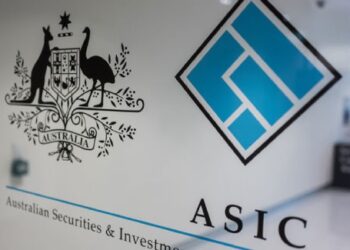In December last year, the government finalised the regulations for the work test exemption measure which enables individuals aged 65 to 74 to make voluntary contributions to superannuation for an additional 12-month period from the end of the financial year in which they last met the work test.
In order to be eligible, they have to have a total superannuation balance of less than $300,000. According to the ATO website, the regulations will take effect from 1 July this year.
Advisers Digest director Peter Johnson said one of the ways the exemption could be beneficial for SMSF clients is where they want to sell a significant asset and contribute the proceeds from the disposal of that asset into their super fund.
“The client might have a rental property that they wish to sell which has had some good capital growth and they want to use the money from the sale to invest in some bank shares or other investments in their super fund,” Mr Johnson explained.
“If they sell the property, they’re going to have a capital gain, and if they want to contribute the sale proceeds to super, they will have to realise that gain in the same year [as they’re still working].”
Under the work test exemption, however, they may be able to sell the property and then still contribute that money to super in their first year of retirement, he said.
For a couple, he said, each spouse would be able to contribute $100,000 in non-concessional contributions and $25,000 in concessional contributions.
SMSFs, he said, may even be able to use a contribution reserving strategy, by making a $25,000 contribution on 28 June the previous financial year and keeping it in reserve in order to make an additional $25,000.
The government also made an amendment to the regulations which allows members to trigger the bring-forward rules under the exemption, which was restricted under the original draft legislation.
The work test exemption could also be useful for those receiving an employment termination payment and will be retiring afterwards, he said.
“Let’s say you’re finishing up on the 25th of June and next year you’re not going to be working. You can’t roll an ETP into super so you’ve got to take the ETP and then make a non-concessional into super. So, what you would have to do if you want it in super, is to get that ETP in the year in which you’re retiring, pay tax on it at your marginal tax rate and then make a non-concessional contribution,” he explained.
“Now let’s say that ETP is $60,000. Wouldn’t it be good to wait till the 1 July and then take the ETP, and then you’re just paying the tax on the $60,000 at whatever your rate is, which might be around $13,000 tax on the $60,000, instead of $18,000 or $19,000, so there’s a little bit of a saving there for people with ETPs.”



Thanks Peter I have not heard the term ETP since it was abandoned in 2007 for the term superannuation benefit. The idea that an arbitrary work test applies from age 65 – 74 surely is discriminatory. And why 74 – surely there should be no age restrictions like the downsizers. Plus the $300,000 threshold really limits SMSF use as it is a low balance for someone in a SMSF over age 65 if it is a 2 person fund!